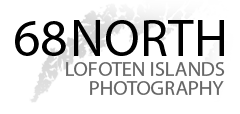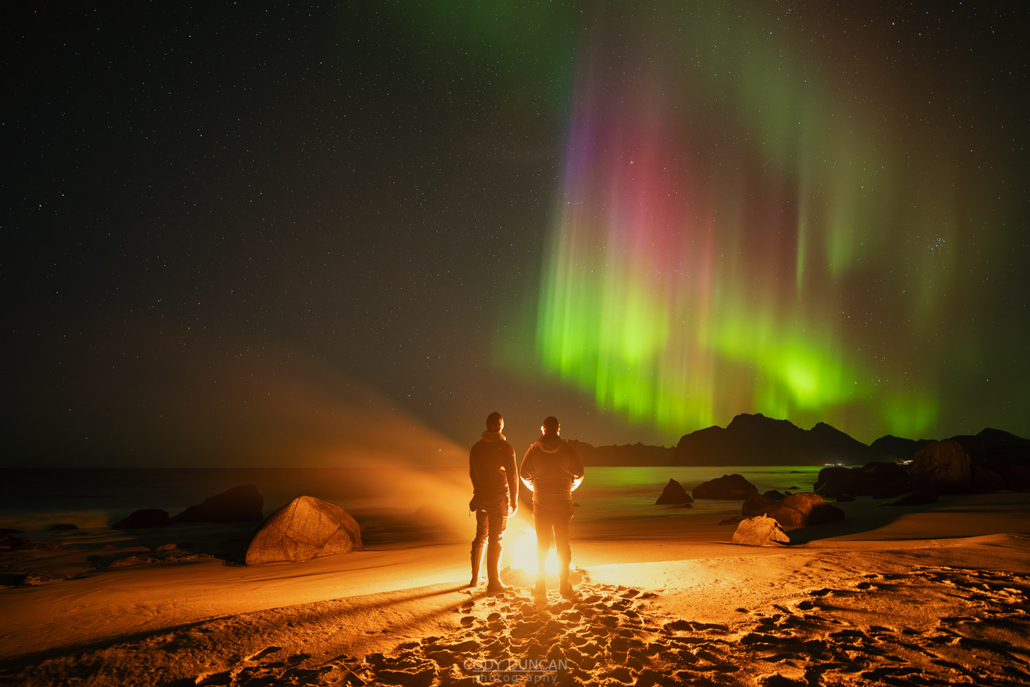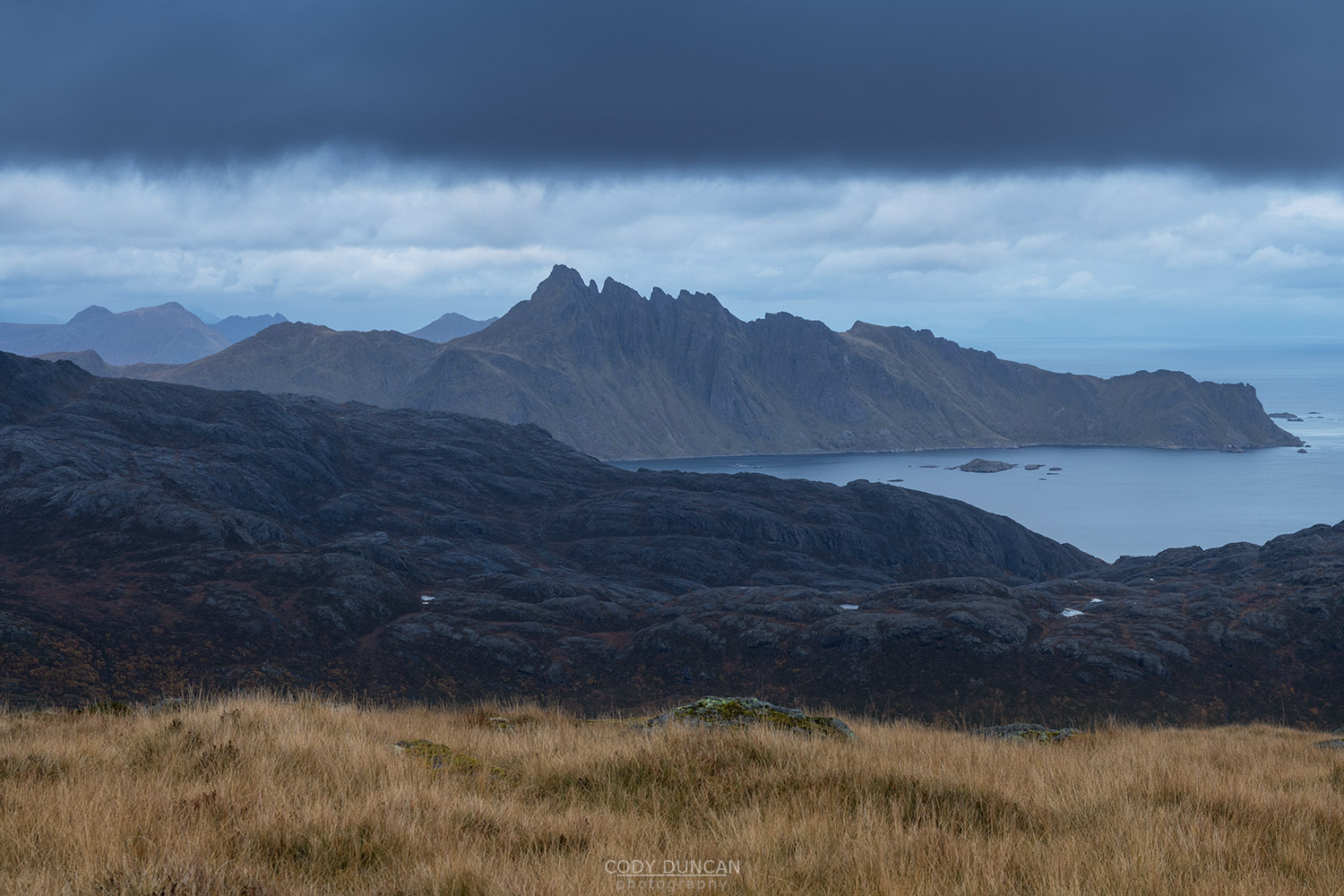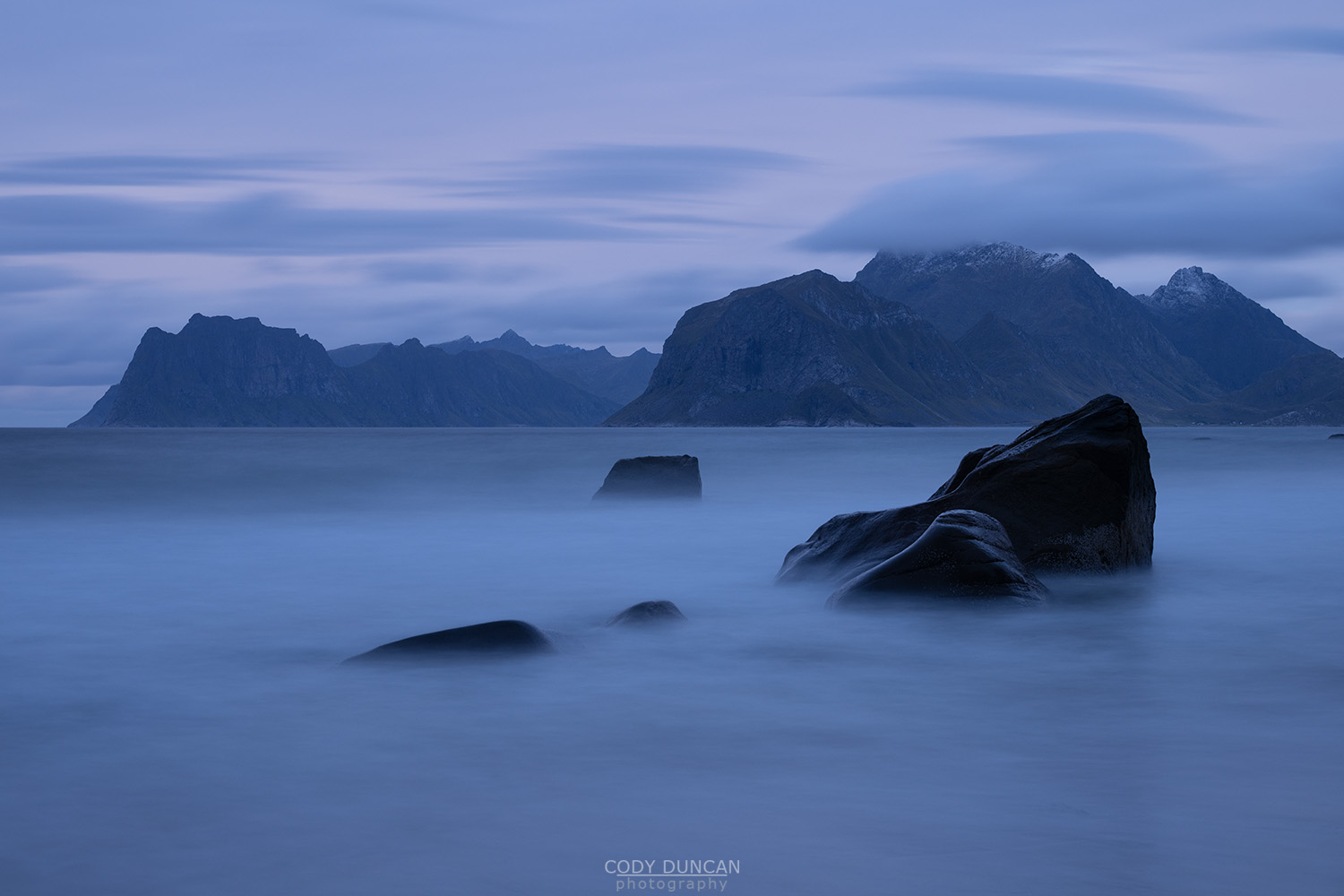
Photo: Car quickly breaks as moose crosses E10 at Storeide west of Leknes, Vestvågøy, Lofoten Islands, Norway. February 17, 2025. 9:21
With the whole of Lofoten covered in a nice layer of winter snow, while I myself am stuck at home fighting off a cold instead of perhaps my first ski trip of the season, its time for my annual winter driving post.
Already, the local newspaper, Lofotposten, has been full of ‘bil i grofta,’ ‘car in a ditch’ articles since the roads got icy last week. And with moderate to heavy snowfall over the last days, the pace of the articles has increased to multiple incidents per day. Yesterday, there was even a headline out of a Tromsø newspaper: (tow truck driver) Pulled the same Chinese couple out of the ditch 7 times in one week. If you are renting a car on Lofoten this winter, I highly suggest getting the full insurance packages, as it is getting very dangerous on the roads these days with drivers who should be nowhere near a car in winter.
The main winter driving hazards on Lofoten these days will be:
Your own driving abilities – Especially if you are new to driving in snow.
Other tourists – Anything from inexperienced drivers driving in the middle/left side of the road (very common), turning the completely wrong way on roads/roundabouts, randomly stopping in the middle of the road, driving on sidewalks, and basically anything else you can imagine. Learn how to recognise other rental cars, as they will be one of your biggest hazards while driving on Lofoten.
Weather – There will be days where you NEED to stay in your rorbu or hotel. Do not put yourself or others at risk, not to see anything but blowing snow anyhow.
Wildlife – Moose are common in the mid and eastern areas of Lofoten, and even more so into Vesterålen and Ofoten. numerous moose vs. car crashes happen every winter. Avoid driving at night when possible.
In this week’s photo I was on my way to drop-off clients at the airport in Leknes when I spotted a family of moose on the side of the road up ahead. Luckily I was right next to the large pullout at Storeide and so I had a safe place to stop – Never stop in the middle of the road! I rushed to put on my telephoto lens as fast as I could before hopefully trying to walk somewhere for a better angle. But before I even got the door to my van shut I could see the large bull moose heading up towards the road, right into traffic. And so I shot a series of images the best I could from my distance. The best composition was unfortunately blocked by a passing car heading towards me. At least this was a decent image to talk about winter driving on Lofoten in this week’s article.
Camera Info:
Nikon Z8
Nikon 100-400 f/4.5-5.6
400mm
ISO 1250
f5.6
1/1600 Second
WB Daylight












